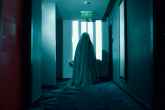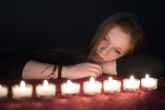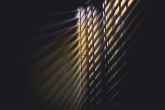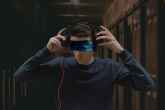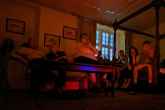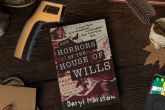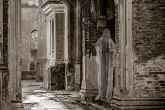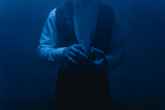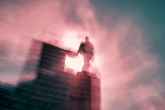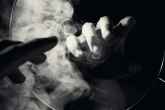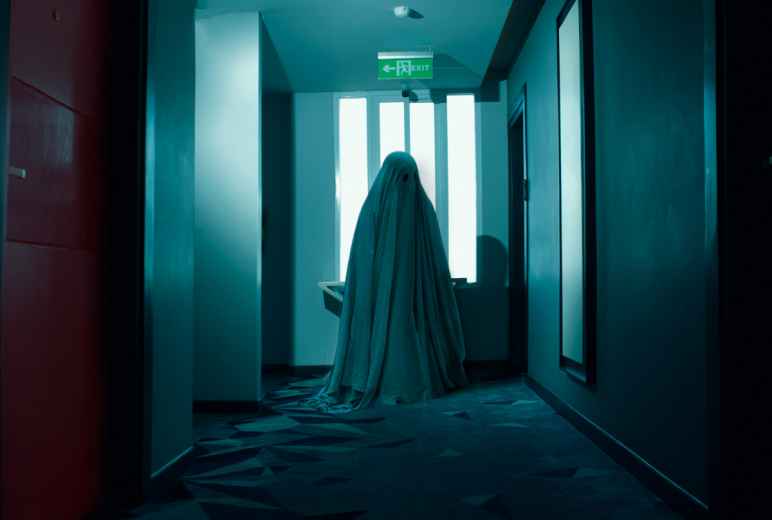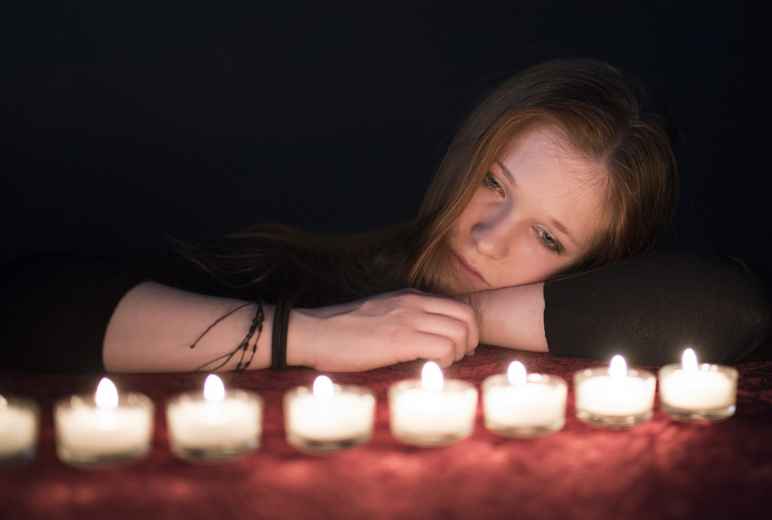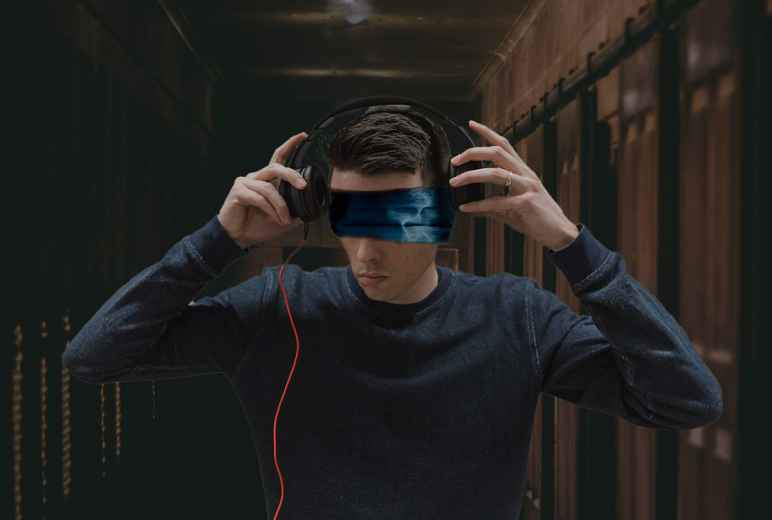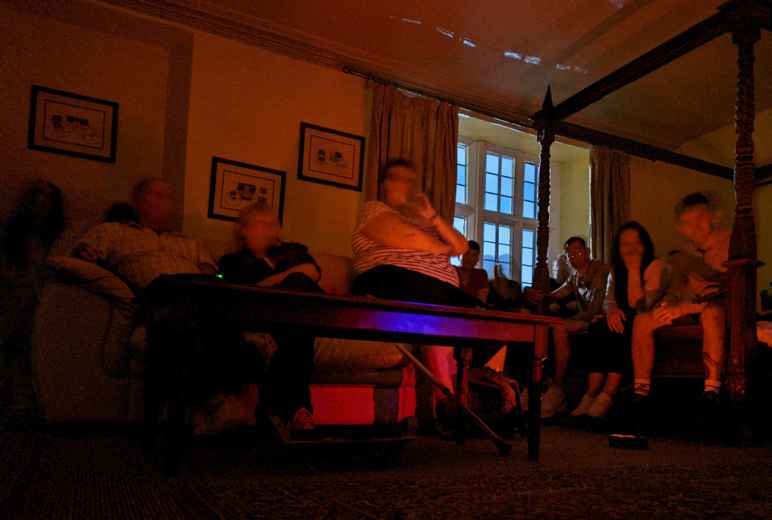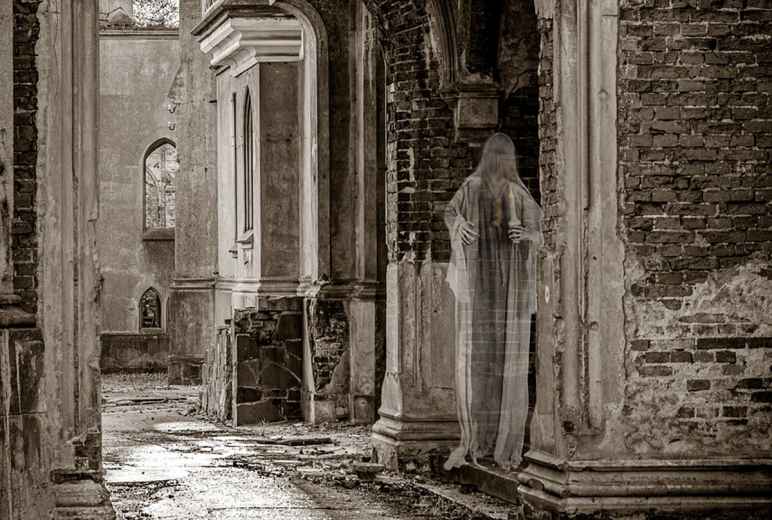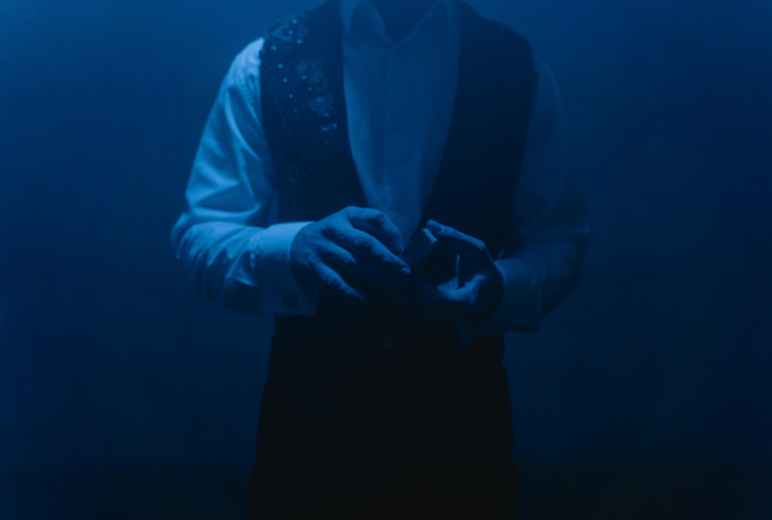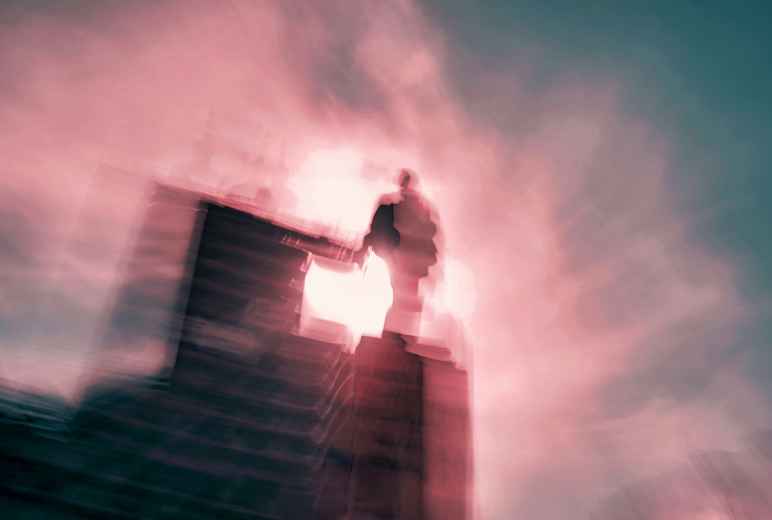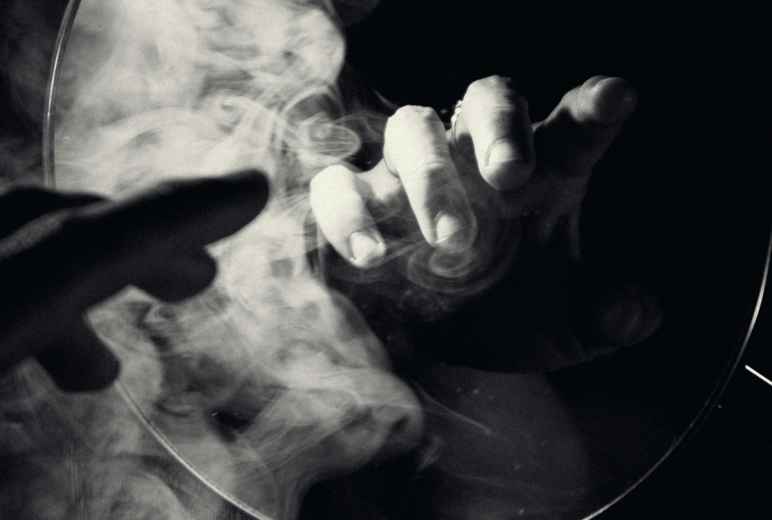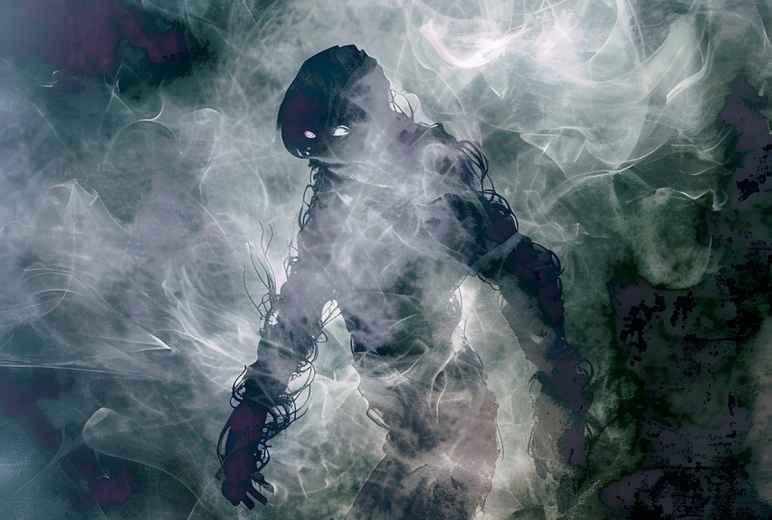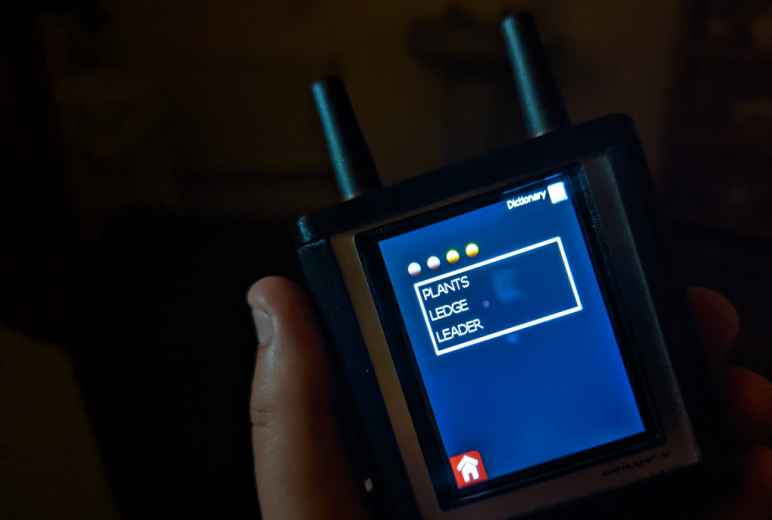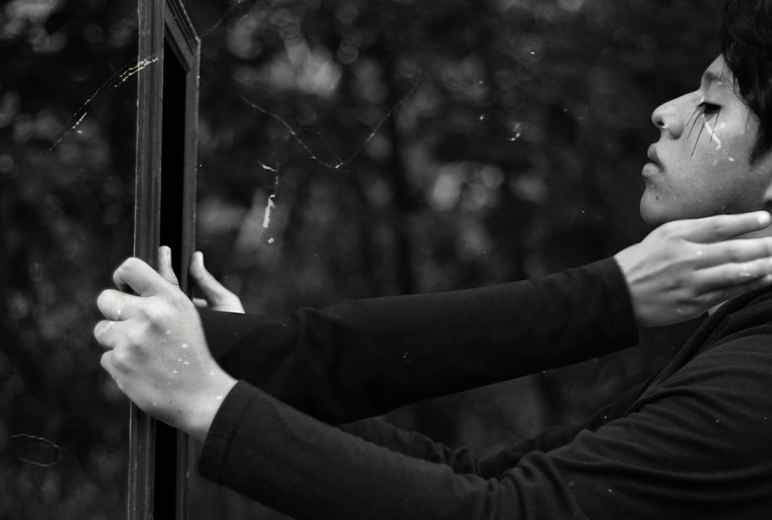Are There Any Paranormal Tools Or Techniques That Haven't Been Debunked?
July 11, 2023 1:00 AM ‐ Paranormal
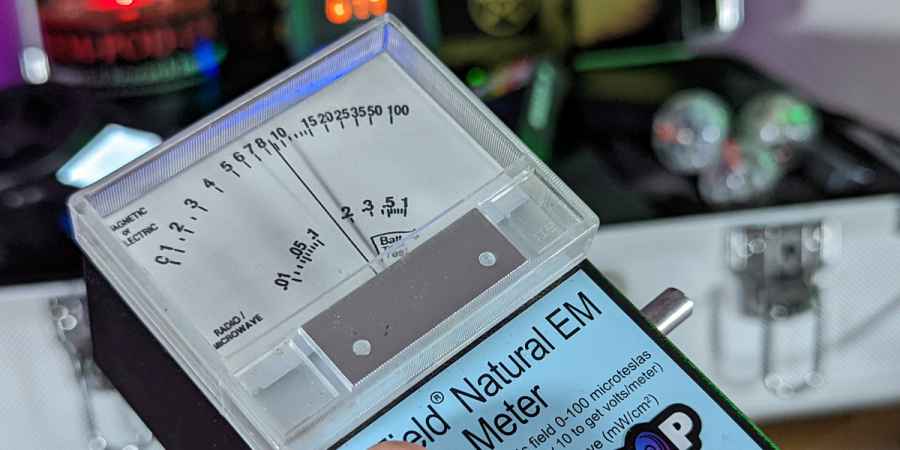
Someone recently asked me, "Is there any method or tool used by paranormal investigators that hasn't been debunked?" As someone who writes extensively about paranormal investigations, I strive to be open-minded and respectful of different beliefs, but this question piqued my curiosity.
The field of paranormal investigation uses various tools and techniques to document phenomena and experiences that appear to defy our current scientific understanding. Over the years, I've written about the flaws in many of these techniques, so I started to wonder: are there any that still hold some weight?
Paranormal investigators use countless methods and devices, from EMF Detectors to Spirit Boxes, to detect and document evidence of reported phenomena that, by their very nature, evade traditional scientific explanation. However, it's not just these tools and methods that are challenged by skeptics, but also the very phenomena and experiences that ghost hunters are trying to document - less tangible strategies and phenomena like apparitions, the Stone Tape theory, and the act of calling out to spirits.
Apparitions, or ghostly figures, are a common feature in paranormal investigations, yet the evidence for them relies heavily on personal experiences and anecdotal reports, making them difficult to study objectively. The Stone Tape theory, which suggests that emotions can be stored in materials like stones and replayed under certain conditions, lacks concrete scientific backing. The act of calling out to spirits, while a standard practice in many investigations, has been critiqued for its lack of controlled conditions and potential to lead to confirmation bias.
Confirmation bias is the human tendency to seek out, interpret, and remember information that confirms our pre-existing beliefs, while ignoring or discounting information that contradicts them. This bias might be particularly strong when investigators interpret phenomena like apparitions or responses to calling out spirits, possibly leading them to perceive patterns or responses where there might be none.
Inconsistency is another common critique of the methods used by ghost hunters. Scientifically, a finding gains credibility if it can be consistently reproduced under the same conditions. However, paranormal phenomena, by their reported nature, are often inconsistent and unpredictable, making repeatable testing a challenge.
When it comes to the tools of the trade, these also have their flaws, with many being prone to false positives. A false positive, in this context, is when a tool detects something or a method produces a response that is mistakenly interpreted as paranormal.
Some of the most commonly used devices like Electromagnetic Field (EMF) meters, which detect changes in the electromagnetic field potentially caused by spirits, are overly sensitive, poorly calibrated, and can be set off by a multitude of everyday sources, leading to false positives. EMF detectors can pick up electromagnetic fields from common sources like power lines, electronics, and even the Earth itself.
Another common tool is a digital audio recorder, which is used in attempts to capture Electronic Voice Phenomena (EVPs). These are believed to be spirit voices captured in the recording by electronic means. Critics, however, cite radio interference, sound distortions, and audio pareidolia as more plausible explanations. Audio pareidolia is the psychological phenomenon where listeners perceive distinct, often meaningful, sounds or messages in otherwise random or unrelated sounds, such as hearing voices in static or wind. Audio pareidolia also helps explain Spirit Boxes, which rapidly scan through radio frequencies; some believe spirits can form words and sounds using these fleeting bursts of white noise, static, and radio broadcasts.
Then there's a group of similar methods and techniques like the use of dowsing rods, the human pendulum experiment, Ouija boards and table tipping, that skeptics argue all rely on the ideomotor effect. This psychological phenomenon involves an individual making unconscious movements, often as a response to a thought or an idea, rather than as a result of a conscious decision to move. These subtle movements manifest as the dowsing rods swinging around, a human pendulum swaying backwards and forwards, the planchette sliding across a Ouija board, or a table tipping and rocking under participants' fingertips.
Is Science Capable Of Detecting The Paranormal?
On the other hand, proponents of paranormal investigation argue that conventional science, with its current understanding and tools, may not be equipped to measure or understand paranormal phenomena, which by definition fall outside, above, and beyond the realms of our current level of scientific understanding.
Science is bound by the laws of the universe as we understand them. It relies on the ability to consistently observe, measure, and test phenomena. Paranormal occurrences, if they exist, seem to operate outside these known laws and are often sporadic and unpredictable in nature.
Believers argue that these phenomena might exist in dimensions or operate on principles that our current scientific knowledge can't access or comprehend. They suggest that paranormal investigation tools, despite their flaws and current lack of scientific backing, might offer a window into these elusive realms.
Even theories like the Stone Tape theory challenge our current scientific frameworks. If emotions and events could imprint themselves onto physical materials, as the theory suggests, this would require a complete rethinking of our understanding of physics and consciousness. Some argue that just because current scientific methods can't prove these theories, it doesn't mean they aren't possible. Moreover, we shouldn't discount personal experiences, even if they are subjective or anecdotal. These experiences are an integral part of the exploration of the paranormal and hold cultural significance in the form of storytelling, myth, and folklore.
For the scientific community observing paranormal investigation from the outside, there's no denying that false positives, inconsistency, and confirmation bias present significant challenges for investigators, but they also offer invaluable opportunities for learning and improvement. When findings are debunked, it helps investigators refine their methods and makes any undisputed evidence all the stronger.
So, to answer that original question: "Is there any method or tool used by paranormal investigators that hasn't been debunked?" Well, not a single tool or technique used in paranormal investigation has gained universal acceptance from the broader scientific community. However, this does not necessarily mean these tools or phenomena have been debunked, but rather, they simply have not been conclusively proven to be true.
As investigators, we shouldn't be disheartened by harsh skeptics and their attempts to debunk the field. Instead, we should view their criticism as a step towards separating truth from myth, and understand that perceived paranormal encounters can be very real and powerful to those who experience them. So keep questioning, keep exploring, and most importantly, keep experiencing.
Related Content
Daily Horoscopes
You May Also Like
